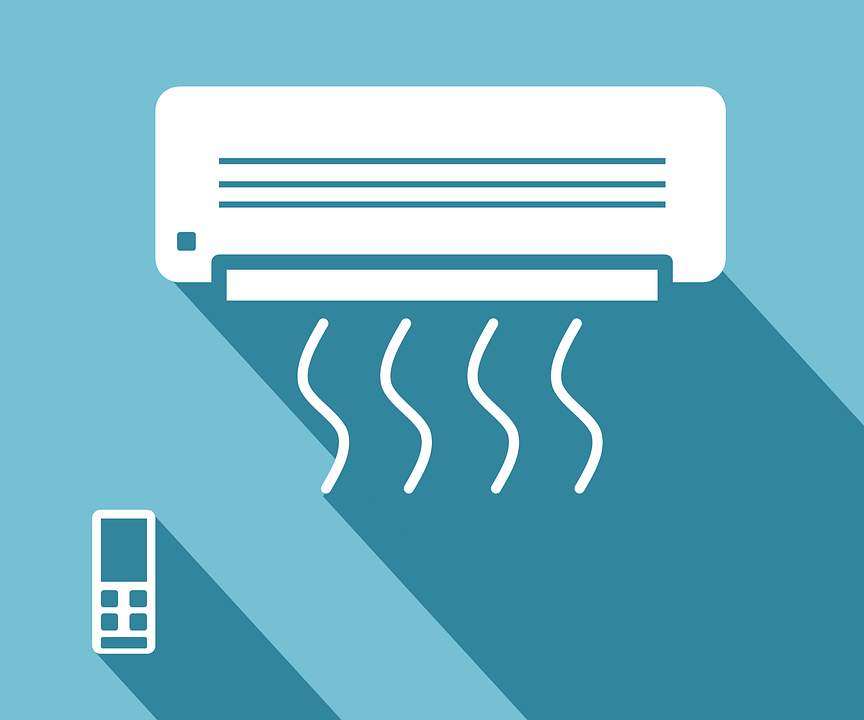
No, it’s not your imagination – it is definitely getting hotter. The scorching rays of sun are hard on your body, mood and even more on your electricity bill.
Don’t let the temperature get you down. A perfect sized air conditioner will keep you cool if you feel the sun is out to get you.
I’ll share a few tips today on how to choose the right AC for your house and room but first, how about some numbers on ACs and growing AC market?
According to U.S Department of Energy, air conditioners use nearly 7% of all electricity produced in the United States, an annual cost of approximately $30 billion to homeowners.
As a result, roughly 117 million metric tons of carbon dioxide is released into the atmosphere each year.
The market for air conditioner is expected to grow at a CAGR of nearly 9% during the next five years. That’s one of the findings in Global Air Conditioners Market Forecast and Opportunities, 2020 report by Techsciresearch.
You’re probably well aware of what your home air conditioner looks like. However, these are only designed to cool your house. In fact, not all air conditioning units are the same.
Let’s know a bit more. I am sure you would be better off to buy an AC unit after reading this –
1). Know Your Budget
Decide on your budget first. Never go for an A.C beyond your pocket and later feel the financial constraint.
If you are open to spending any amount, then consider half of the deal done. You have multiple options in sight to pick one from.
Energy efficient units are recommended any day. You may have deep pockets but energy resources are limited.
2). Get the Dimensions of Your Room & Space
Another important aspect to keep in mind is the size of the room or the area where you need to install the unit.
The dimensions of the room should correspond with AC capacity.
A. Calculate your area – Multiply the room length by the room width (in feet) to get the square footage of the area to be cooled.
B. Check your connections – Check your power source (nearby outlet) and ensure to match the unit to that outlet.
C. Measure to fit the air conditioner – Measure the height and width of the opening and check the dimensions of the AC unit that you select. That is to be sure it will fit.
D. AC tonnage/capacity calculation – Don’t confuse AC tonnage with the weight of the unit. A ton, as used in the HVAC field, mainly describes how much heat the AC unit can remove from an area in one hour.
The measurement for heat is the British thermal unit (BTU). One ton of air conditioning generally removes 12,000 BTUs of air per hour.
3). Understand Your Needs
Different AC types cater to different needs. Know your requirements first –
Free-standing Air Conditioners –
Free Standing ACs are portable units. They are low on pocket and require little installation.
You can keep them where ever you want. These are usually preferred in spaces where the access to central cooling unit is restricted. Mobility and no frill maintenance make portable ACs a popular choice for small offices, cabins and basements.
Very large rooms can’t be cooled adequately with free standing units. Since they are not installed at a particular place, therefore these portables can generate some noise.
Depending on the temperature, some units may even drain out water into the tanks which needs to be emptied regularly.
Window Air Conditioners –
Window ACs are high in demand, offering multiple benefits. They have relatively low noise and high efficiency. The water drains from the unit outside with no intervention needed
For a window unit, the window opening has to be in size with the unit. Poor installation can lead to excessive noise and vibration. Security could also be an issue since the major portion of the unit hangs outside the window.
To remove and move it to another room/location is challenging as well, involving re-installation from the scratch.
It is always advisable to get it installed by professionals. They can take care of minor things.
Split System Air Conditioners –
A split air conditioner is usually preferred where the room has no balcony or window. It consists of an outdoor unit and an indoor unit. The outdoor unit is installed near the wall outside of the room or space that you wish to cool.
The unit houses the compressor, condenser coil and the expansion coil or capillary tubing.
It is highly effective in cooling bigger areas. Though usually quiet on the inside, the exterior part of a split system can be noisy at times.
Installation again should be done by professionals. Water buildup from condensation on indoor cassettes can be an issue. This might need a separate run or direct drainage to the outside.
There are a few other AC types too but the aforementioned are more common in personal spaces and houses.
4. Understanding Energy Efficiency
EER or (energy efficiency ratio) indicates the ratio of the cooling output of the unit and the energy consumption.
COP is (Coefficient of Performance). It is the ratio of the output power to input power.
Energy efficiency is an important aspect to consider. An AC consumes energy which is nearly 50% of the electricity bill. However considering these small things, the cost can certainly be optimized.
Before I finish, take a look at this wonderful infographic on AC facts. I am sure you now have a small encyclopedia on cooling in your pocket.

Infographic by – https://www.nationalairwarehouse.com